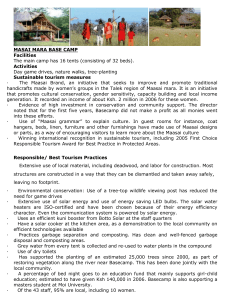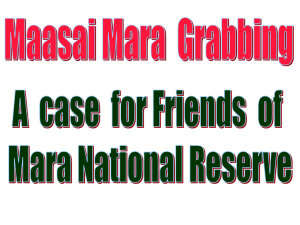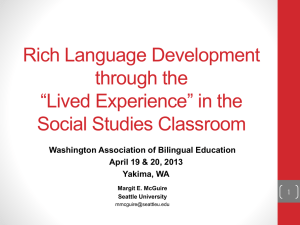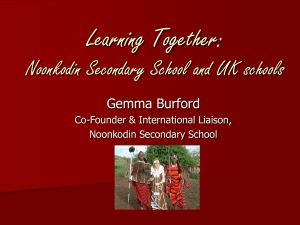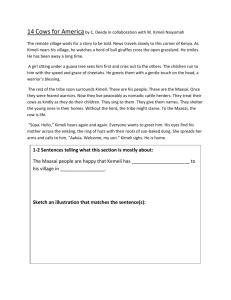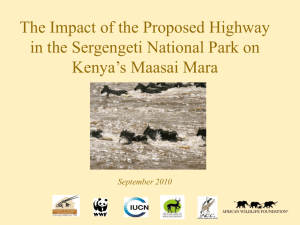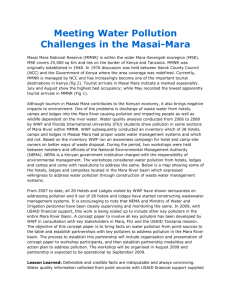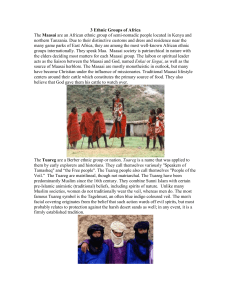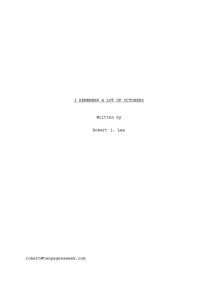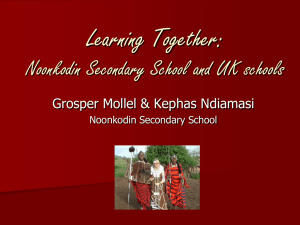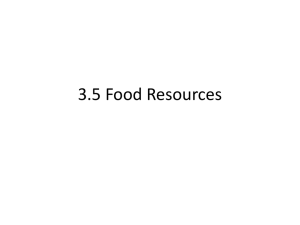organization audit and design of the collaborative community of
advertisement
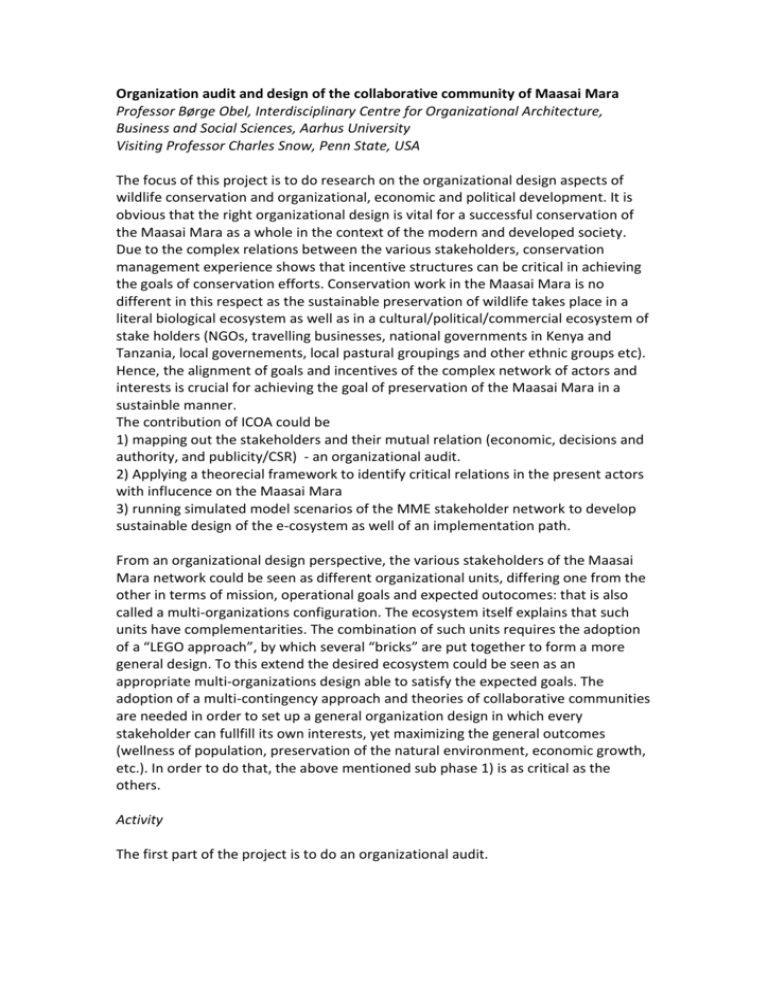
Organization audit and design of the collaborative community of Maasai Mara Professor Børge Obel, Interdisciplinary Centre for Organizational Architecture, Business and Social Sciences, Aarhus University Visiting Professor Charles Snow, Penn State, USA The focus of this project is to do research on the organizational design aspects of wildlife conservation and organizational, economic and political development. It is obvious that the right organizational design is vital for a successful conservation of the Maasai Mara as a whole in the context of the modern and developed society. Due to the complex relations between the various stakeholders, conservation management experience shows that incentive structures can be critical in achieving the goals of conservation efforts. Conservation work in the Maasai Mara is no different in this respect as the sustainable preservation of wildlife takes place in a literal biological ecosystem as well as in a cultural/political/commercial ecosystem of stake holders (NGOs, travelling businesses, national governments in Kenya and Tanzania, local governements, local pastural groupings and other ethnic groups etc). Hence, the alignment of goals and incentives of the complex network of actors and interests is crucial for achieving the goal of preservation of the Maasai Mara in a sustainble manner. The contribution of ICOA could be 1) mapping out the stakeholders and their mutual relation (economic, decisions and authority, and publicity/CSR) - an organizational audit. 2) Applying a theorecial framework to identify critical relations in the present actors with influcence on the Maasai Mara 3) running simulated model scenarios of the MME stakeholder network to develop sustainable design of the e-cosystem as well of an implementation path. From an organizational design perspective, the various stakeholders of the Maasai Mara network could be seen as different organizational units, differing one from the other in terms of mission, operational goals and expected outocomes: that is also called a multi-organizations configuration. The ecosystem itself explains that such units have complementarities. The combination of such units requires the adoption of a “LEGO approach”, by which several “bricks” are put together to form a more general design. To this extend the desired ecosystem could be seen as an appropriate multi-organizations design able to satisfy the expected goals. The adoption of a multi-contingency approach and theories of collaborative communities are needed in order to set up a general organization design in which every stakeholder can fullfill its own interests, yet maximizing the general outcomes (wellness of population, preservation of the natural environment, economic growth, etc.). In order to do that, the above mentioned sub phase 1) is as critical as the others. Activity The first part of the project is to do an organizational audit. Based on the results of the audit we will in cooperation with the Organization Design Community will launch a global challenge or competition inviting organization design researchers and pratitioners to come up with the best organization design solution to the Maasai Mara challenge. The winning project will win financial resources to be engaged in the implementation of the solution plus a personal prize.
